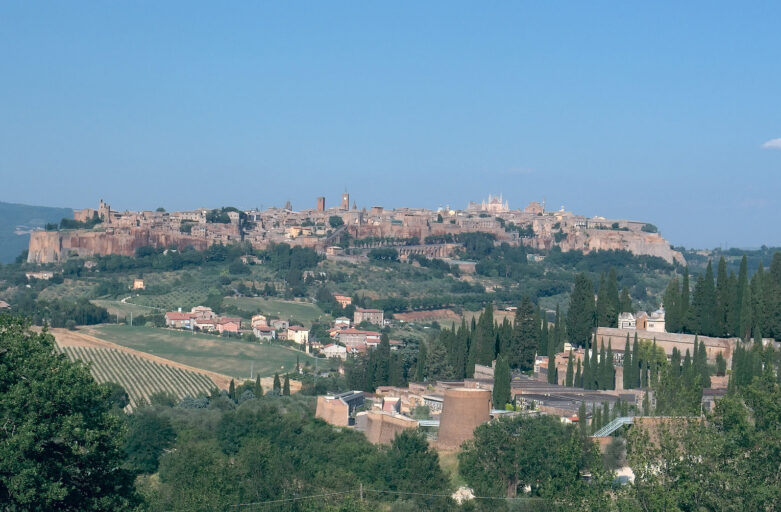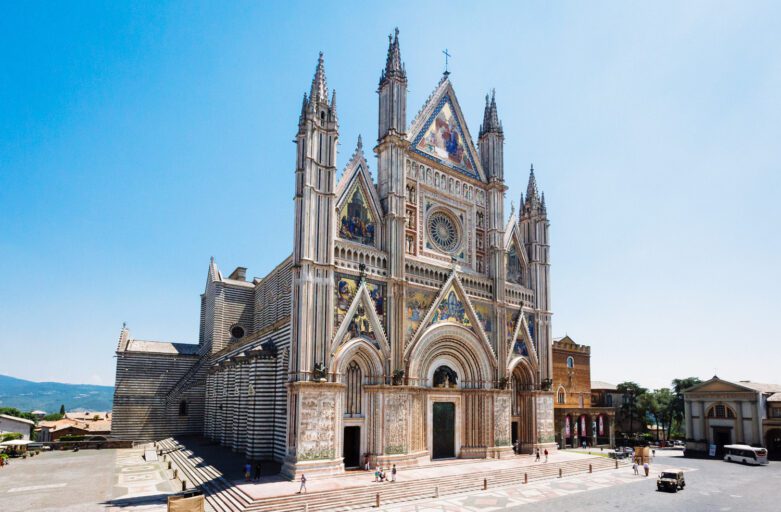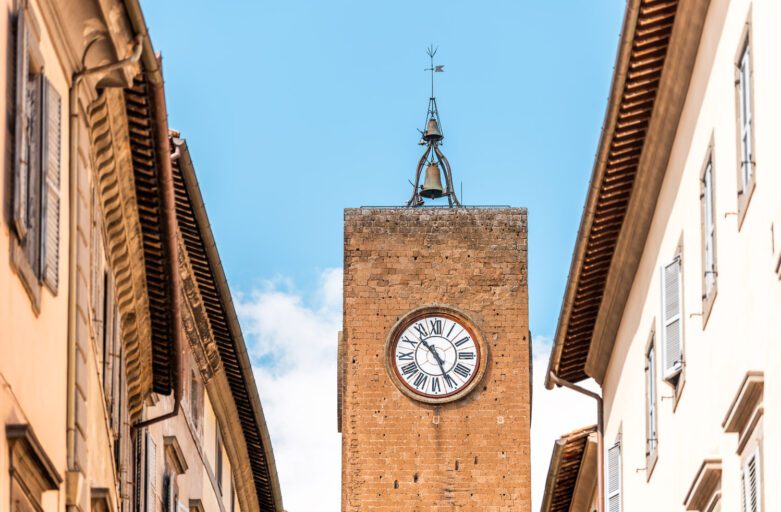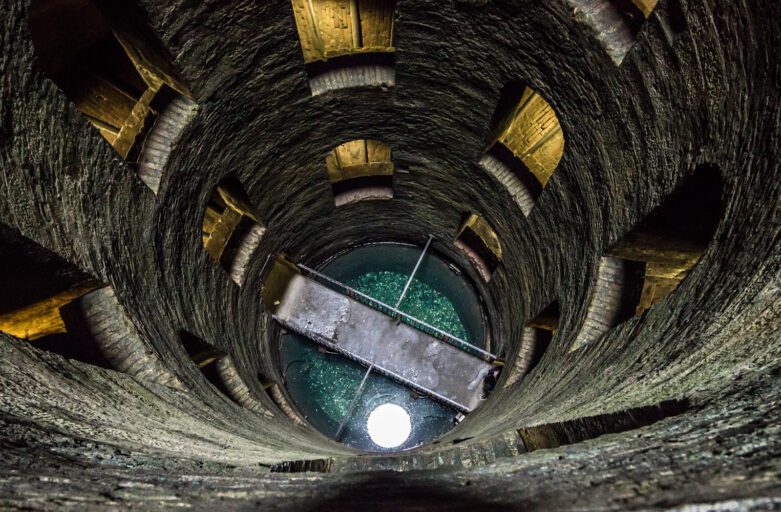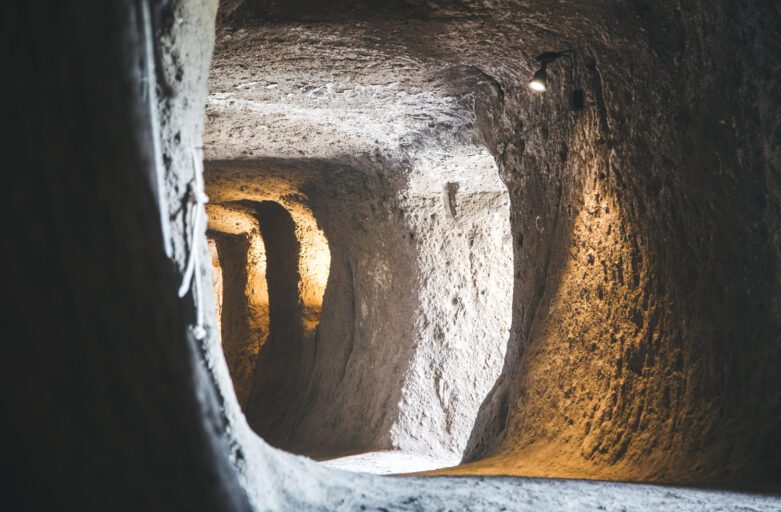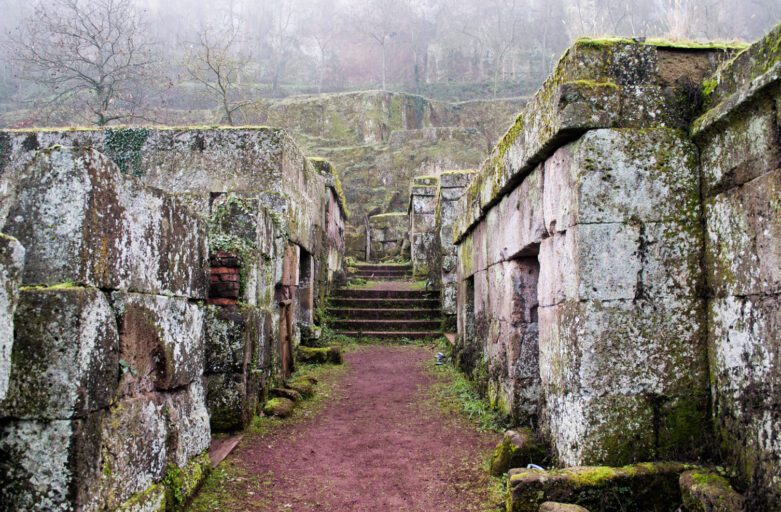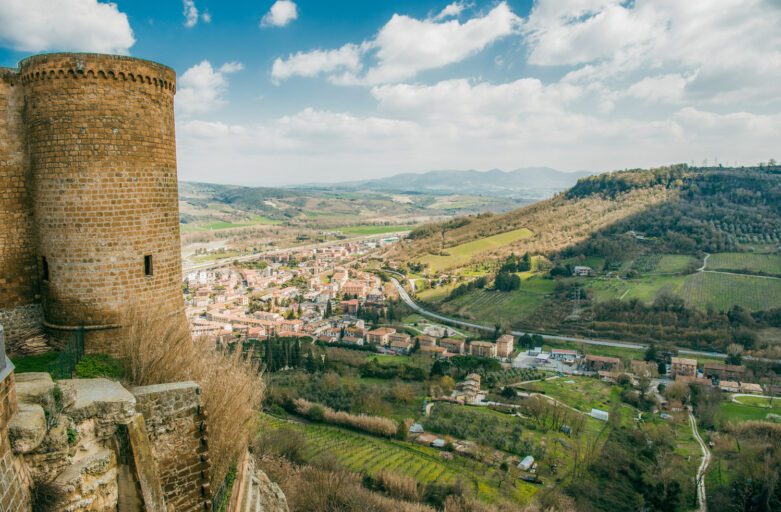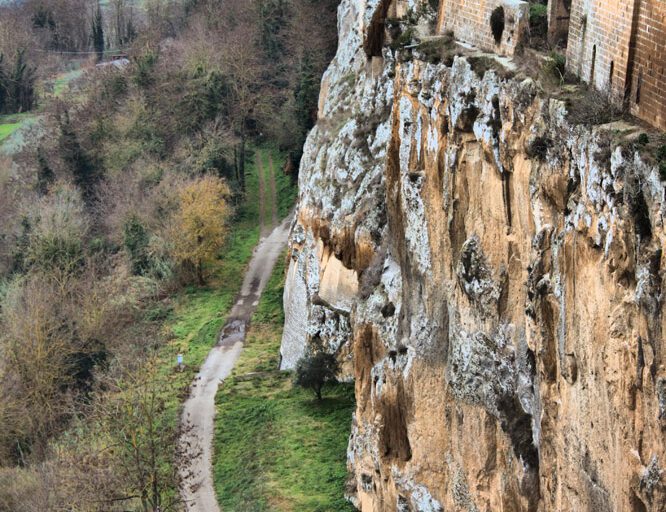Built on an imposing tuff cliff rising above the Umbrian countryside, Orvieto is one of the most fascinating cities to explore on foot. Its history dates back to the Etruscan period, later becoming a Roman stronghold and a papal seat.
Tag: Orvieto
The Cathedral of Orvieto
The History of a Centuries-old Building Site Origins of the Cathedral of Saint Mary’s Assumption The Cathedral is a sign of the presence of God, as well as of an active and industrious Christian community
Moro’s Tower, Palace of the Seven, People’s Palace
The Tower A Central Role in the Town The Medieval tower is among the buildings that stand out in Orvieto’s skyline, together with the imposing Cathedral. The tower will remain conspicuous even if you walk in the town streets
The Well of Saint Patrick
Antonio da Sangallo, a Brilliant Engineer On the edge of the Orvieto Cliff there is a small square in which only a cylindrical building exists, apparently quite anonymous. This structure, however, hides a “thing ingenious with fancy and wonderful with beauty” inside.
Orvieto Underground
The Hollow below the Town Orvieto lies on top of a huge rock of volcanic origin, made of tuff and pozzolana. Visitors cannot but be charmed by this plateau, called la Rupe (the Cliff), that rises and dominates the valley all around, with its woods and vines.
The Necropolis at “Crocifisso del Tufo”
When the Etruscans Founded Orvieto: From Sky down to Earth A tour between earth and sky: this is how Orvieto can be visited and discovered because of both its geographic position (a town rising on top of a cliff, surrounded by a valley) and its history (from ancient Etruscans to nowadays)
The Albornoz Fortress in Orvieto
From Freedom to Being Dominated During the Middle Ages, Orvieto enjoyed a long period of welfare and independence as a “free Commune” – its rulers being autonomous from the Emperor, both politically and economically
Hiking on the Orvieto Cliff Ring
Hiking on the Orvieto Cliff Ring Introducing the Tour: The Cliff Ring The town of Orvieto can answer very many kinds of interests: art, culture, food, ancient history, and even – Nature and sport!
